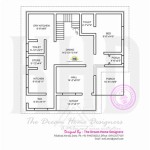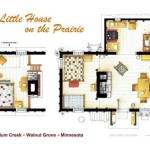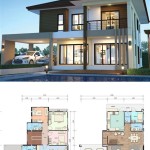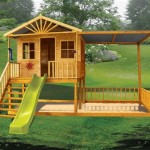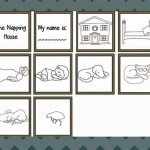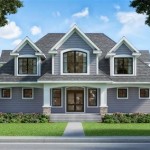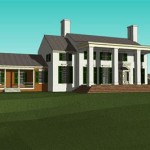Traditional Home House Plans
Traditional home house plans evoke a sense of timeless elegance and enduring appeal. Drawing inspiration from architectural styles of the past, these plans offer a blend of classic design elements and modern functionality. They cater to a wide range of tastes, from colonial and Victorian to Craftsman and farmhouse styles, each with its distinctive characteristics.
One of the key features of traditional home plans is their symmetrical facades. Balanced proportions and evenly spaced windows create a sense of order and harmony. These plans often incorporate prominent front porches, inviting spaces that encourage relaxation and neighborly interaction. Columns, dormers, and gables are commonly used architectural details that enhance the overall aesthetic appeal.
Inside, traditional home plans emphasize formal living and dining areas, reflecting a preference for distinct spaces for different activities. Fireplaces often serve as focal points in living rooms, creating a warm and inviting atmosphere. Built-in cabinetry, crown molding, and wainscoting are common features that add character and refinement. These plans typically feature well-defined kitchens, often separated from other living spaces, and offer ample storage and workspace.
Traditional home plans can be adapted to suit various lifestyles and family sizes. They can range from cozy cottages to expansive estates, offering flexibility in terms of square footage and layout. Many plans incorporate features such as home offices, mudrooms, and bonus rooms to accommodate contemporary needs. While maintaining a classic architectural style, these plans can be customized to incorporate modern amenities and technologies.
The choice of materials is an important consideration in traditional home design. Exterior materials such as brick, stone, and wood siding contribute to the authentic look and feel of these homes. These materials offer durability and longevity, adding to the overall value of the property. Interior finishes often include hardwood floors, natural stone countertops, and high-quality cabinetry, reflecting a commitment to craftsmanship and enduring style.
When selecting a traditional home plan, factors such as lot size, orientation, and local building codes should be taken into account. Working with an experienced architect or builder is essential to ensure that the chosen plan is suitable for the specific site and meets all regulatory requirements. Modifications to the plan may be necessary to optimize energy efficiency and incorporate sustainable building practices.
The appeal of traditional home plans extends beyond their aesthetic qualities. These homes often feature well-designed layouts that promote efficient use of space and facilitate comfortable living. The emphasis on formal living and dining areas can create a sense of elegance and tradition, while the incorporation of modern amenities ensures that these homes meet the needs of contemporary lifestyles.
Traditional home plans continue to be a popular choice for homeowners who value timeless design and enduring quality. They offer a sense of stability and familiarity, evoking a connection to the past while providing the comforts of modern living. The variety of styles within the traditional category allows homeowners to find a design that reflects their individual preferences and complements their lifestyle.
The enduring popularity of traditional home plans speaks to their versatility and adaptability. These plans can be tailored to suit a range of budgets and lifestyles, from modest starter homes to grand estates. The focus on classic design principles ensures that these homes will retain their appeal for generations to come.
Careful consideration should be given to the specific features and details of each traditional home plan. Elements such as rooflines, window styles, and porch designs contribute significantly to the overall aesthetic. Researching different architectural styles within the traditional category can help homeowners identify the features that resonate most with their personal tastes.
Landscaping plays a crucial role in enhancing the curb appeal of traditional homes. Well-maintained lawns, carefully selected plantings, and thoughtful hardscaping can create a harmonious transition between the home and its surroundings. Consideration should be given to the architectural style of the home when choosing landscaping elements to ensure a cohesive and visually appealing result.
Traditional home plans offer a compelling blend of classic design and modern functionality. Their enduring appeal stems from their ability to evoke a sense of timeless elegance while providing comfortable and adaptable living spaces. By carefully considering the various styles and features within the traditional category, homeowners can find a plan that perfectly suits their individual needs and preferences.

Traditional Home Plans Design Basics

Traditional Homes With Closed Floor Plans Blog Eplans Com

Traditional Brick House Plan With Big Timbers

Traditional House Plan With Craftsman Details Ranch Plans New Small

Traditional Homes With Closed Floor Plans Blog Eplans Com

Evergreen Large Family Traditional House Plan M 4061 Home By Mark Stewart Design

Floor Plans Aflfpw12038 2 Story Traditional Home With 4 Bedrooms 3 Bathrooms And 910 Total Squa House More New One

House Plan 4 Bedrooms 2 5 Bathrooms Garage 3830 Drummond Plans

5 Bedroom Two Story Traditional Home With Craftsman Appeal Floor Plan

House Plan 40675 Traditional Style With 1324 Sq Ft 3 Bed 2 Ba

